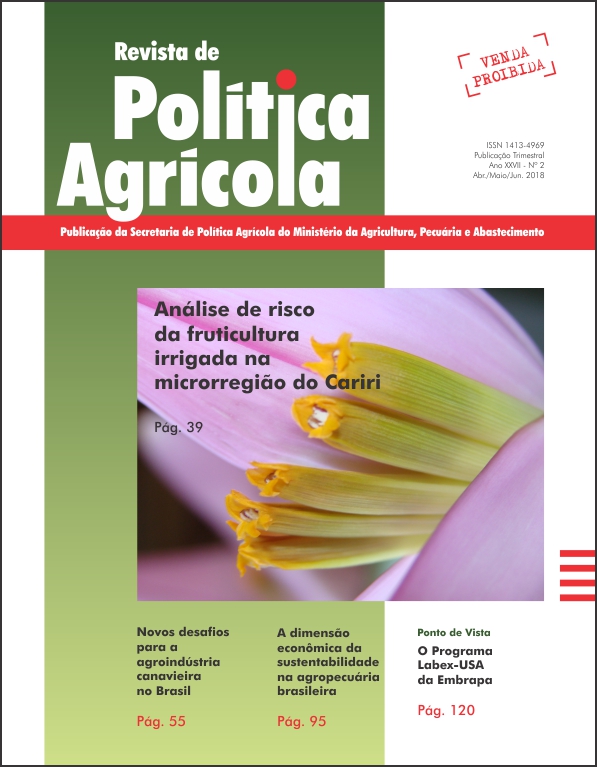Brazilian agriculture: innovation and production distribution
Keywords:
agriculture, development, economic growthAbstract
This study aims to analyze the evolution of Brazilian agricultural production from the 1960s to now. We will summarize some of the main findings from the historical view of Brazilian agriculture development. The arguments should rest here on how technical change and the national system of innovations have built an institutional environment to boost the agricultural sector, particularly in the past few decades. It is not easy to describe the path of Brazilian agricultural development, but organizing some important historical facts can help creating a full picture. The future challenge is to include marginalized farmers into the technology revolution. From the standpoint of public policy-making, the internal diversity of farming therefore requires specific actions to promote production and reallocate resources to the different segments and regions. There needs to be a clear policy for increasing technology absorption capacity, which entails making progress in rural extension outreach and education.Downloads
Published
2018-12-26
How to Cite
Vieira Filho, J. E. R. (2018). Brazilian agriculture: innovation and production distribution. Revista De Política Agrícola, 27(2), 18. Retrieved from https://rpa.sede.embrapa.br/RPA/article/view/1409
Issue
Section
Artigos Científicos


